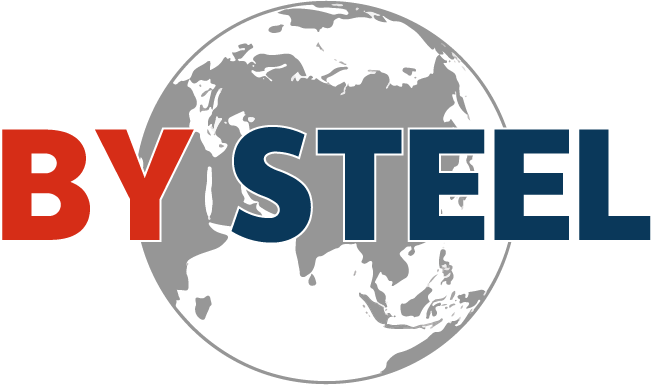The difference between I-beam and H-beam
Release time:
2024-06-18
The upper and lower flanges of H-beams are usually wider than those of I-beams. H-beams also perform better in terms of load-bearing capacity and stability, and their bending resistance is particularly good. Therefore, H-beams are more suitable for structures that need to withstand large loads, such as bridges and high-rise buildings.
The differences between I-beam and H-beam mainly include properties, classification, application areas, characteristics and processes:
Properties: I-beam is a type of steel with an "I"-shaped cross-section, while the cross-section of H-beam is the same as the English letter "H", which is a more optimized economical steel.
Classification: I-beams are mainly divided into three categories: ordinary, wide flange and light, while H-beams are mainly divided into large, medium and small sizes according to size.
Field of use: I-beams are widely used in various building structures, bridges, brackets and machinery, while H-beams are more commonly used in industrial and civil building structures, underground engineering and highway baffle brackets.
Characteristics: The inner and outer edges of the flanges of H-beams have no slope and are straight, which makes welding and splicing operations relatively simple, and can effectively save materials and construction time. The cross-section of I-beams is good at straight pressure and tensile resistance, but due to the narrow wing plate, its torsion resistance is poor.
Process: H-beams can not only be hot-rolled but also welded, while I-beams can generally only be hot-rolled.
In addition, from the appearance point of view, the upper and lower flange plates of H-beams are usually wider than those of I-beams. In terms of load-bearing capacity and stability, H-shaped steel also performs better, and its bending resistance is particularly good. Therefore, H-shaped steel is more suitable for structures that need to bear large loads, such as bridges and high-rise buildings.
Latest News
The correct way to install steel coils
The correct way to load steel coils depends on their size, weight and how they are transported or stored.
2024-05-13
Steel pipes can also be divided into seamless steel pipes and welded steel pipes according to the production process. Seamless steel pipes are divided into hot-rolled and cold-rolled (drawn). Welded steel pipes are divided into straight seam welded steel pipes and spiral seam welded steel pipes.
2024-05-13
How are steel plates produced?
The production process of steel plates includes multiple links such as raw material selection, steelmaking, casting, rolling and surface treatment. Each link has an important impact on the quality and performance of the final product.
2024-06-18
Main components of steel plate
Chromium, copper, nickel and other alloying elements may also be added to the steel plate. These elements can improve the corrosion resistance and high-temperature strength of the steel plate. They are often used to manufacture steel plates in impact resistance, wear resistance, marine engineering, nuclear engineering and other fields.
2024-05-13
The production of steel bars is a complex process that requires the cooperation of a series of equipment. The accuracy and stability of these equipment directly affect the quality of the bars.
2024-06-18
The difference between I-beam and H-beam
The upper and lower flanges of H-beams are usually wider than those of I-beams. H-beams also perform better in terms of load-bearing capacity and stability, and their bending resistance is particularly good. Therefore, H-beams are more suitable for structures that need to withstand large loads, such as bridges and high-rise buildings.
2024-06-18


